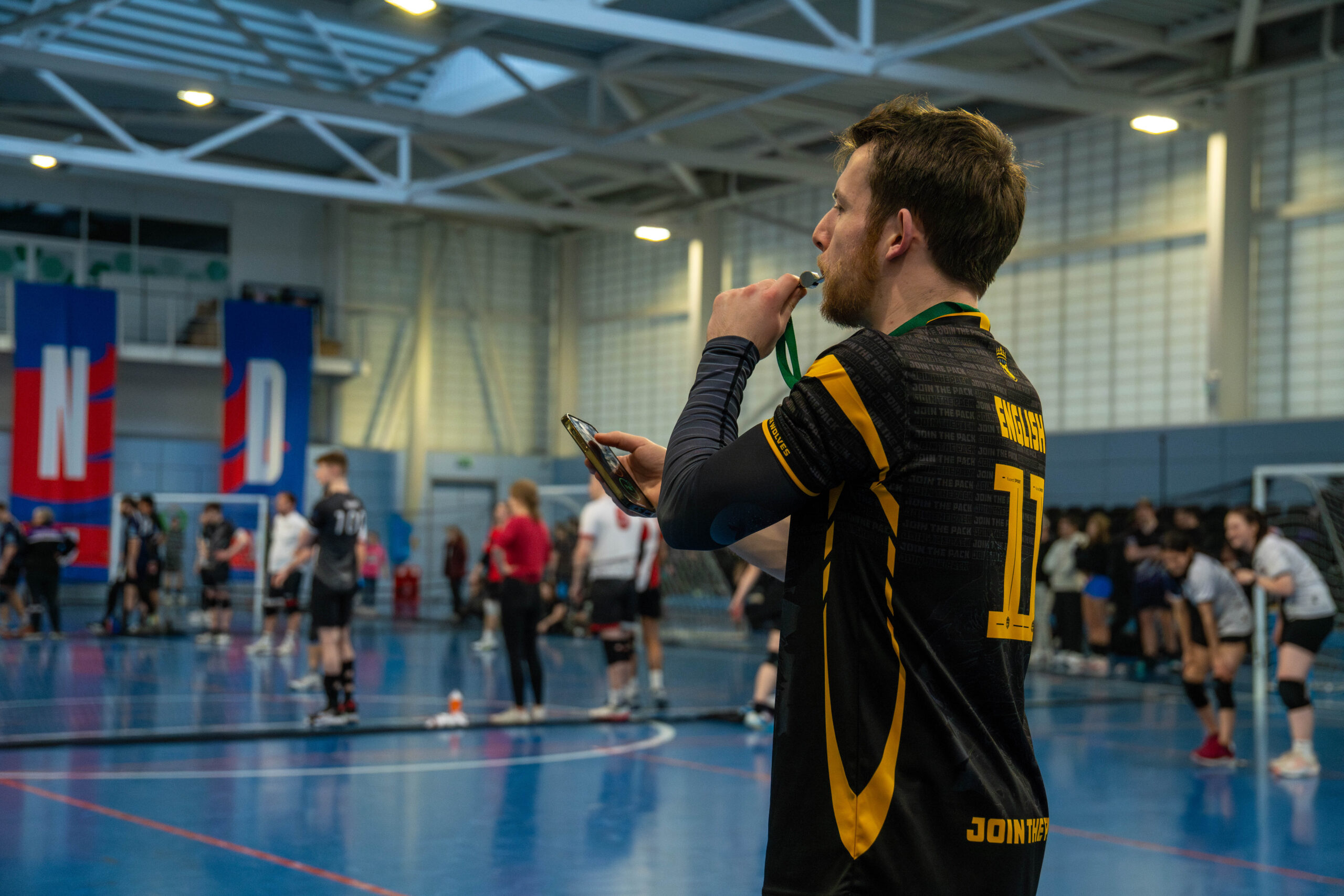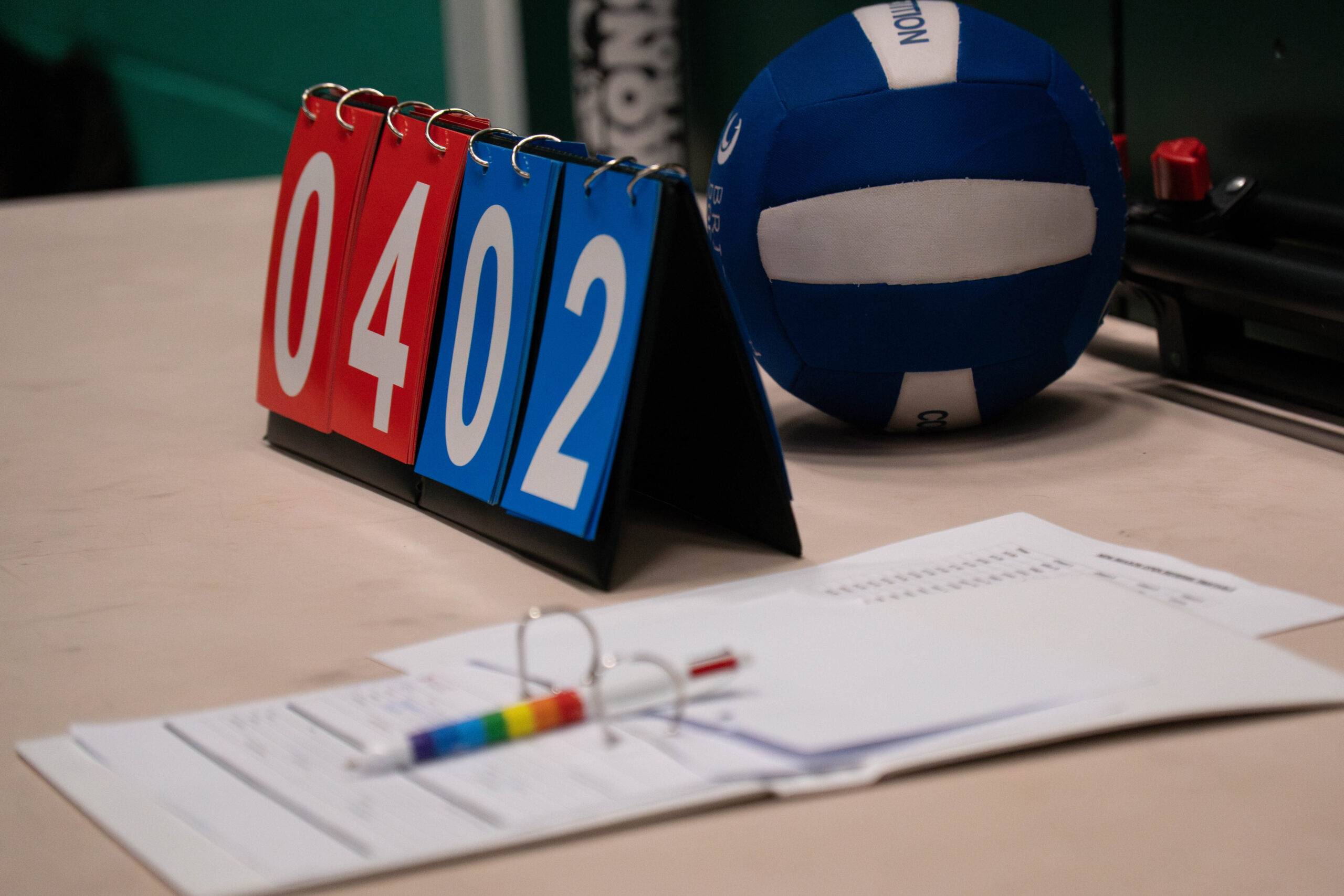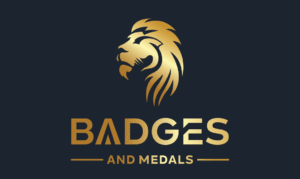Referees play a pivotal role in the enjoyment and wellbeing of players of all ages and abilities in our sport. The British Dodgeball Referee Standards have been created to support the development of match officials in the UK. These standards assist in providing high quality, constructive developmental feedback in a consistent manner across the following 5 areas: Rules Application, Game Management, Communication, Safety and Core Values.
Our Refereeing Core Values are as follows:
- Demonstrating a Professional Attitude
- Adopting a Learning Culture
- Understanding the Bigger Picture of how each dodgeball event and positive player experience promotes the sport in the UK











